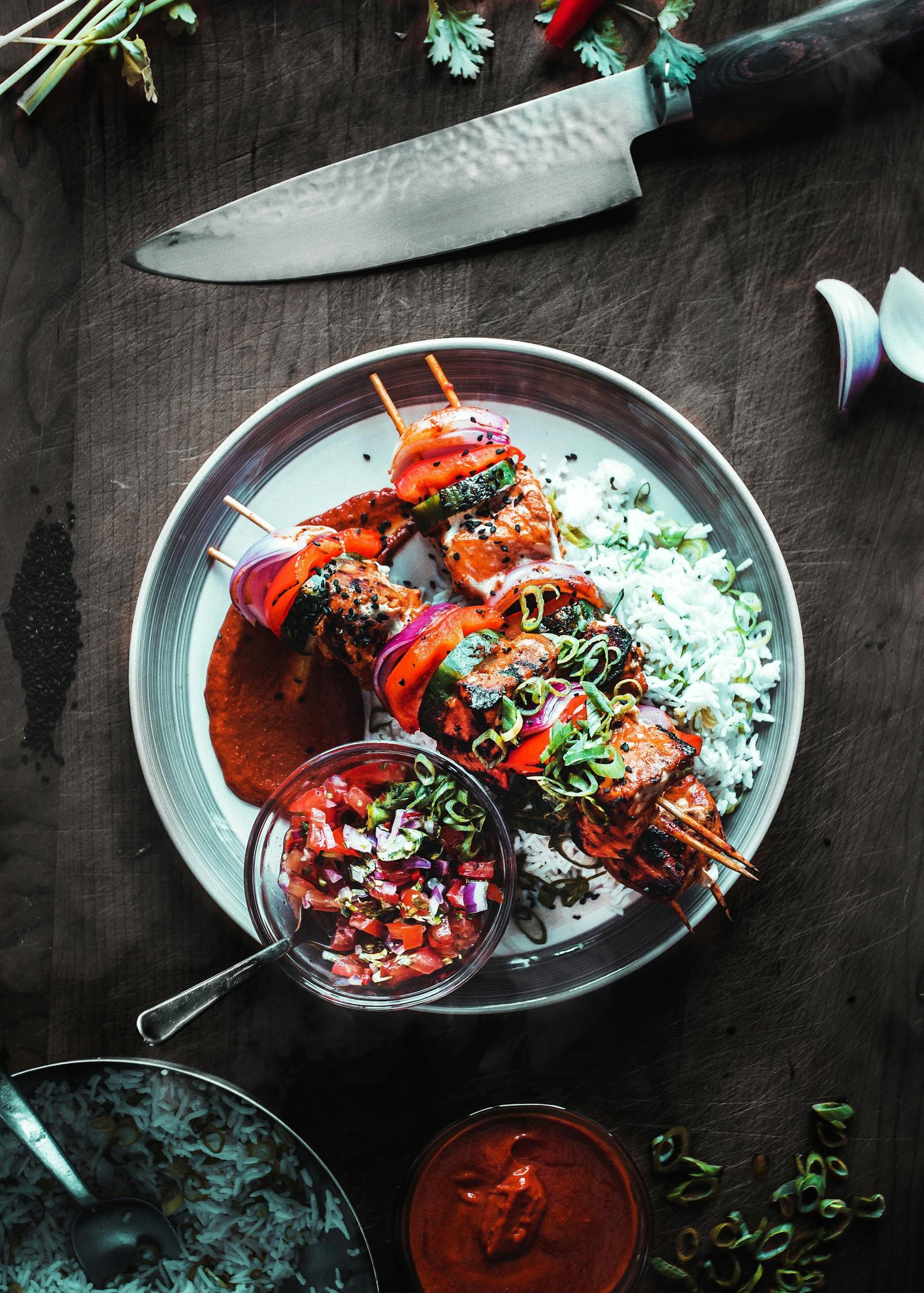
A Culinary Journey
Food is a gateway to truly understanding a country’s culture. Every dish has its own unique story. This could be a humble street snack or a gourmet delicacy. Each story is often shaped by tradition, necessity, or creativity. These iconic foods don’t just fill the plate. They reflect the heart, soul, and history of the places they come from. Join me on a flavourful journey around the world. We will explore the rich backgrounds of some of the most beloved dishes. Discover the stories that make them so special.
1. Italy: Pizza Napoletana
When it comes to Italian cuisine, nothing is more iconic than Pizza Napoletana, hailing from the city of Naples. With its thin, chewy crust, rich tomato sauce, fresh mozzarella, and basil, this pizza embodies simplicity and tradition. Pizza Napoletana was first created in the late 18th century for the working class of Naples. Queen Margherita of Savoy later endorsed it after her visit to the city in 1889. This is where the famous Margherita pizza got its name. The pizza symbolises the Italian flag with its red tomatoes, white cheese, and green basil.

Fact: Authentic Pizza Napoletana is protected by law in Italy, with specific guidelines for its ingredients and preparation.
2. Japan: Sushi
Sushi is one of Japan’s most famous culinary exports. Its origins date back to ancient Asia when fish was preserved in fermented rice. Sushi did not evolve into the dish we know today until the Edo period (1603–1868) in Japan. It now consists of fresh fish served over vinegared rice. Edo-style sushi, or nigiri, became fast food for busy merchants in Tokyo (then known as Edo). These merchants needed quick, nutritious meals. Today, sushi has spread globally, with variations that highlight both traditional Japanese techniques and local flavours from around the world.

Fact: Traditional sushi chefs in Japan undergo years of training. The art of making sushi rice is one of the most crucial and challenging aspects.
3. Mexico: Tacos al Pastor
Tacos al Pastor are a quintessential street food in Mexico, beloved for their rich, flavorful fillings and cultural heritage. Interestingly, this dish has its origins in Lebanese shawarma. In the 1920s, Lebanese immigrants to Mexico brought their method of cooking meat on vertical spits. This method was later adapted with pork, a popular meat in Mexico. The pork was marinated with spices and pineapple. The result is a taco filled with juicy, spiced pork. It is charred on the outside. It is balanced by the sweetness of pineapple. All of this is wrapped in a warm corn tortilla.

Fact: “Al Pastor” means “in the style of the shepherd,” paying homage to the Lebanese method of spit-roasting.
4. India: Biryani
Biryani is a fragrant, flavorful dish that holds a special place in Indian cuisine. This layered rice dish, cooked with meat (or vegetables) and aromatic spices, has roots in Persian cuisine. Saffron adds to its rich flavor. It was brought to India by Mughal rulers. Each region in India has its own variation of biryani. Hyderabadi Biryani, Kerala Biryani, and Kolkata Biryani are some of the most famous. The Mughal influence is most obvious in the royal kitchens. In those times, biryani was served as a luxurious dish fit for kings.

Fact: Biryani is traditionally cooked using the “dum” method. In this method, the rice and meat are slow-cooked together in a sealed pot. This allows the flavors to meld perfectly.
5. France: Croissant
The croissant is synonymous with French pâtisseries, but its origins are actually tied to Austria. The story goes that in the 17th century, Austrian bakers created a crescent-shaped pastry. It was to celebrate a military victory over the Ottoman Empire. The shape was meant to mimic the crescent moon on the Ottoman flag. The pastry was introduced to France by Queen Marie Antoinette. In France, it was adapted into the buttery, flaky croissant we know today. It has since become a staple of French breakfasts.

Fact: In France, croissants are legally classified into two types. One type is made with pure butter. The other type is made with margarine or a butter blend.
6. Thailand: Pad Thai
Pad Thai is a national dish of Thailand, known for its perfect balance of sweet, sour, salty, and spicy flavors. This stir-fried noodle dish became popular during World War II. The Thai government promoted it to boost national unity and conserve rice. Made with rice noodles, tofu or shrimp, bean sprouts, peanuts, and lime. Pad Thai reflects the bold, dynamic flavours that characterise Thai cuisine.

Fact: The name “Pad Thai” literally translates to “Thai-style stir-fry,” showcasing the country’s pride in this dish.
7. Lebanon: Hummus
Hummus is a creamy dip made from chickpeas, tahini, olive oil, lemon juice, and garlic. It has been a staple in Middle Eastern cuisine for centuries. It is made from chickpeas, tahini, olive oil, lemon juice, and garlic. Though its exact origin is debated, many believe it has roots in ancient Egypt or Levantine cuisine. In Lebanon, hummus is often served as part of a mezze. It accompanies warm pita bread and a variety of other small dishes. Its simplicity, versatility, and nutritional value have made hummus a popular dish worldwide.

Fact: The word “hummus” comes from the Arabic word for “chickpeas,” its main ingredient.
8. Spain: Paella
Paella originates from the coastal region of Valencia, Spain. It is a vibrant, colourful rice dish cooked with saffron. Various ingredients like seafood, chicken, and rabbit are used. Farmers traditionally cooked it over an open fire. They made it with whatever ingredients were available, including snails, beans, and local meats. Today, there are many variations of paella. The original Valencian version remains a symbol of Spanish culture. It also shows communal dining.

Fact: The name “paella” comes from the Latin word “patella,” meaning pan. The dish is traditionally cooked in a wide, shallow pan over an open flame.
From Italy’s beloved pizza to Thailand’s vibrant Pad Thai. These dishes do more than simply nourish. They tell the stories of the cultures and traditions that created them. Each bite offers a window into a country’s rich history. Every meal is an opportunity to connect with the world in a meaningful way. Whether it’s street food in Bangkok or a classic Italian meal in Rome. These iconic dishes deepen our appreciation for the places we visit. What are some of the unforgettable dishes you’ve discovered on your travels? I’d love to hear about your favorite food experiences and the stories behind them! Feel free to get in touch or share your culinary adventures in the comments. You can also follow me on Instagram for more travel inspiration, local delicacies, and food tips from around the globe. Let’s continue exploring the world’s flavours together—one delicious dish at a time!







